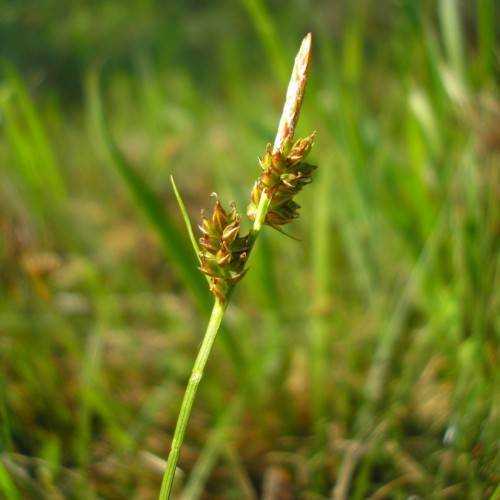
Sedge
Carex interior x
Watering:
Frequent
Hardiness Zone:
Sun:
full sun,part shade
Leaf:
Yes
Growth Rate:
Low
Drought Tolerant:
Yes
Salt Tolerant:
Yes
Care Level:
Medium
watering
Long Stolon Sedge (Carex inops) requires moderate watering and can tolerate periods of dryness. This plant prefers evenly moist soil that is kept slightly damp but not soggy. Water when the top inch of soil feels dry to the touch, typically 3-4 times a week. It is important not to overwater or underwater this plant. Additionally, make sure to water early in the morning, so the plant has time to dry before nightfall.
sunlight
Long Stolon Sedge is a species of plant that prefers to grow in sunny to partially shaded areas. It does best in full sun, receiving at least 6-8 hours of direct sunlight per day. However, planting in slightly shadier areas where it receives some direct morning sunlight but afternoon shade can also be beneficial for this species. When adequately exposed to sunlight, Long Stolon Sedge will develop into a robust, healthy plant.
pruning
Long Stolon Sedge (Carex inops) is best pruned in the early spring, before new growth begins. Pruning should involve removing any dead leaves, stems and inflorescences that are no longer producing foliage. This will help to improve air circulation and reduce the risk of disease. Pruning can also be done in the summer after the plant has completed its flowering season, though careful consideration should be taken to prevent the removal of too much foliage as it enter its dormancy phase towards the end of the season. Pruning should be limited to no more than 1-third of the plant.
